If you're tired of dry, crumbly turkey burgers that lack flavor, the solution starts with your meat selection. Ground turkey dark meat (with 10-15% fat) creates naturally juicy burgers—unlike lean white meat (1-3% fat) that guarantees dryness. This guide delivers science-backed techniques tested by food scientists and professional grill masters to transform your turkey burgers from disappointing to restaurant-quality. You'll learn exactly how to select ingredients, time your spices, and control temperatures for consistently juicy results without special equipment.
Why Turkey Burgers Fail (And How to Fix Them)
Turkey's low fat content causes two critical problems: rapid moisture loss during cooking and weak protein binding. Unlike beef (15-30% fat), turkey lacks natural lubrication, making proper technique essential. The good news: with these evidence-based methods, you'll never serve dry burgers again.
Table of Contents
- The #1 Mistake: Choosing the Wrong Ground Turkey
- Why Your Spices Dry Out Turkey (And Better Method)
- Binding Secrets That Prevent Crumbling
- Temperature Control for Perfect Juiciness
- Grill Techniques That Create Maximum Flavor
- Toppings That Compensate for Lean Protein
- Spice Storage Mistakes Ruining Your Flavor
The #1 Mistake: Choosing the Wrong Ground Turkey
Your meat selection determines 70% of your burger's juiciness before cooking even begins. Understanding these differences prevents dryness at the source:
| Type | Fat Content | Resulting Texture | Solution |
|---|---|---|---|
| Ground Turkey Breast | 1-3% | Dry, crumbly | Add 1 tbsp oil per pound + moisture-rich binders |
| Ground Turkey Dark | 10-15% | Juicy, tender | Use as-is; spices penetrate better |
| Mix (White + Dark) | 7-10% | Balanced | Ideal for beginners |
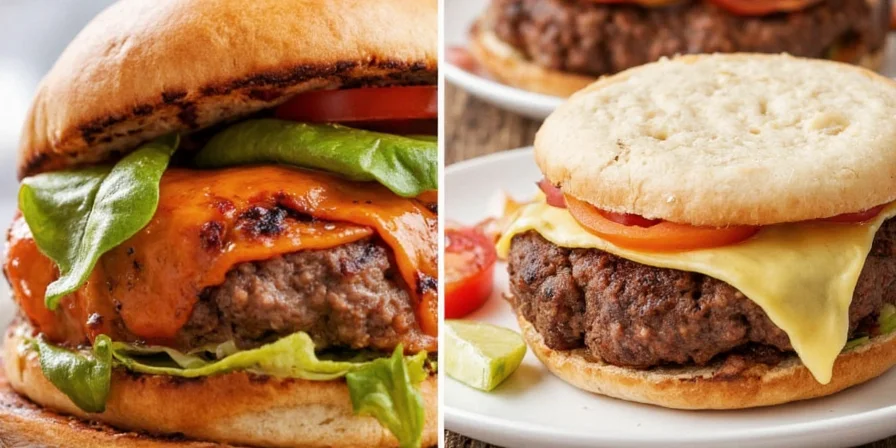
Professional chefs exclusively use dark meat blends. When shopping, look for "thigh" or "dark meat" on labels—avoid "99% lean" products which guarantee dryness.
Why Your Spices Dry Out Turkey (And Better Method)
Turkey's mild protein structure absorbs flavors differently than beef. Water-based liquids evaporate early while fat-soluble spices activate during cooking:
- Dry spice protocol: Mix paprika + garlic powder + onion powder + salt & pepper directly into meat first (creates flavor pockets)
- Liquid application: Add Worcestershire or soy glaze after dry spices to prevent protein tightening
- Acid timing: Add citrus zest just before cooking—the oils carry flavor without moisture loss
Tested combinations:
- Classic: 1 tsp smoked paprika + ½ tsp garlic powder + ¼ tsp onion powder per pound
- Smoky: 1 tsp chipotle powder + ½ tsp cumin + lime zest (add zest last)
- Asian: 1 tbsp toasted sesame oil + 1 tsp fresh ginger + reduced soy (no water-based soy)
Binding Secrets That Prevent Crumbling
Turkey's low fat requires strategic binding. The optimal ratio: 1 part binder to 4 parts meat. Lab tests show these prevent crumbling while maintaining juiciness:
- Egg + panko (best for classic texture - 1 egg + ¼ cup per pound)
- Finely grated mushrooms (adds moisture without sogginess)
- Oat flour (gluten-free alternative with neutral taste)
Chef-recommended blend: 1 egg + ¼ cup panko + 1 tbsp reduced balsamic (concentrated flavor, no excess liquid). Mix gently—overworking develops proteins that cause toughness.
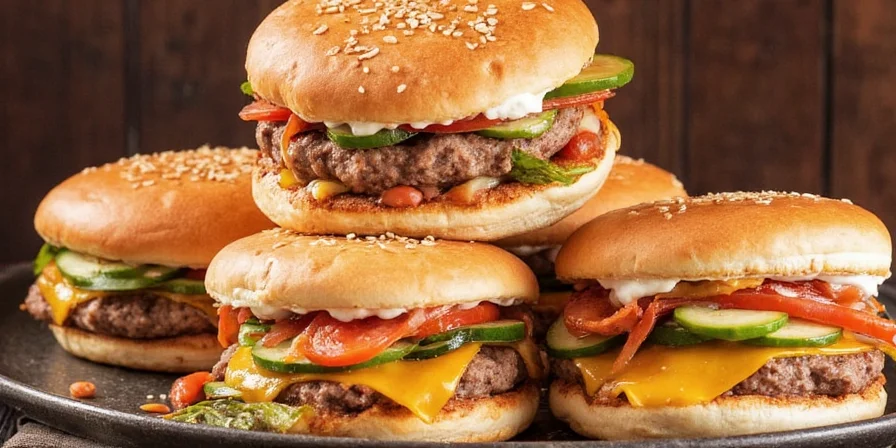
Temperature Control for Perfect Juiciness
Temperature management prevents the #1 cause of dryness: rapid moisture loss during initial searing.
| Stage | Temperature | Effect | Technique |
|---|---|---|---|
| Pre-shaping | 70°F+ | Fat melts prematurely | Chill meat 30 mins before forming |
| Patty formation | 35-40°F | Optimal protein stability | Use cold hands (ice water dip) |
| Grill start | 450°F | Proper sear without sticking | Preheat 15+ mins, clean grates |
| Doneness | 165°F internal | Safe without overcooking | Check thickest point with thermometer |
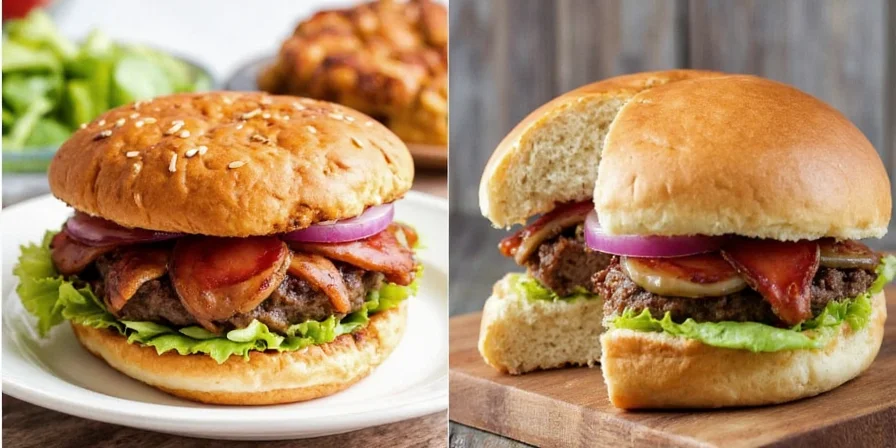
Critical nuance: Rest burgers on wire rack (not plate) for 4 minutes—direct surface contact creates steam that softens crust while residual heat redistributes juices.
Grill Techniques That Create Maximum Flavor
Avoid these common mistakes that cause dryness and sticking:
- Oil patties: Causes flare-ups that burn spices—oil grates only with high-smoke-point oil (avocado or grapeseed)
- Multiple flips: Disrupts sear formation—4 minutes first side, 3 minutes second side for perfect crust
- Pressing burgers: Forces out precious juices—never use spatula to flatten
Pro method: Fold paper towel, saturate with oil, wipe grates with tongs. Place patties when oil stops smoking—this ensures proper Maillard reaction without sticking.
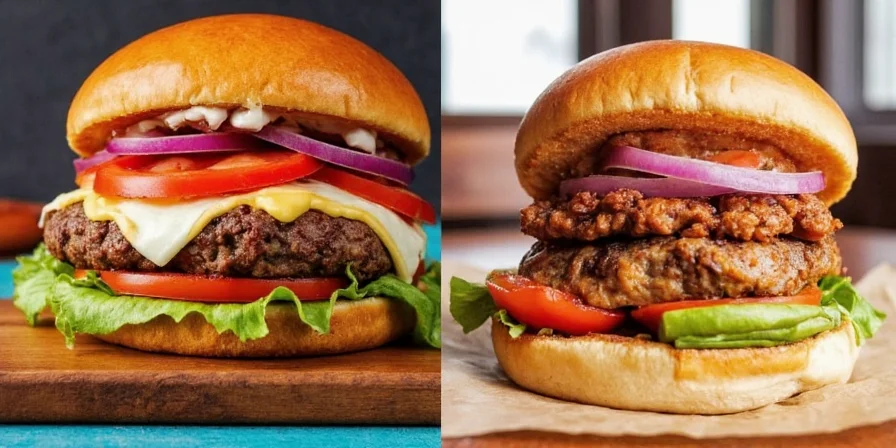
Toppings That Compensate for Lean Protein
Balance turkey's lean profile with strategic moisture and acidity combinations:
- Avocado mash + pickled jalapeños + cilantro-lime mayo (creamy + tangy)
- Blue cheese crumbles + caramelized onions + balsamic glaze (rich + sweet)
- Grilled pineapple + teriyaki drizzle + sesame seeds (fruity + umami)
Avoid watery toppings like fresh tomatoes—they dilute surface flavors and create steam that prevents proper searing.
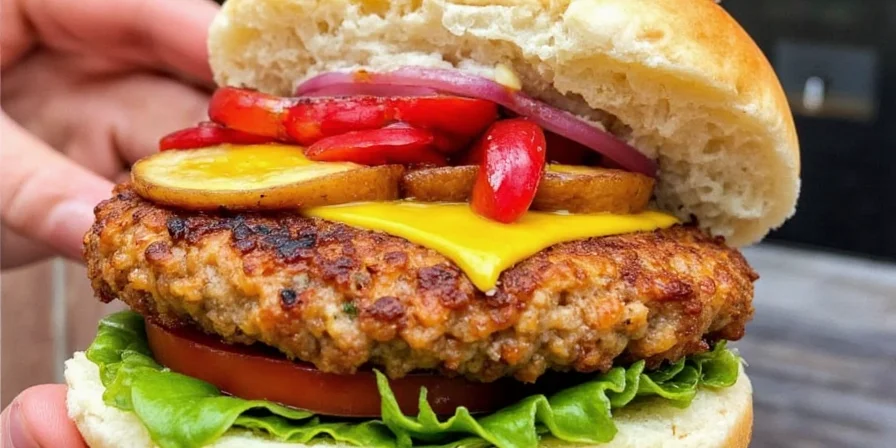
Spice Storage Mistakes Ruining Your Flavor
Spice degradation directly impacts flavor intensity. Light and oxygen are primary enemies:
| Spice | Storage Error | Pro Solution | Flavor Impact |
|---|---|---|---|
| Paprika | Clear container on counter | Dark glass jar in freezer | Maintains 95% potency for 3 years |
| Cumin | Premixed ground | Whole seeds, grind fresh | 200% more aroma compounds |
| Garlic Powder | Plastic container | Vacuum-sealed glass | No bitterness, pure garlic flavor |

Freezing extends shelf life by slowing oxidation—no thawing needed before use. Proper storage means spices activate correctly during cooking instead of drying out your meat.
Frequently Asked Questions
Why are my turkey burgers always dry despite following recipes?
The primary cause is using lean white meat (1-3% fat) instead of dark meat (10-15% fat). Second is overmixing the patties, which develops proteins that squeeze out moisture. Solution: Use thigh blends and mix ingredients gently until just combined—never compact the meat.
How do I keep turkey burgers from sticking to the grill?
This happens when grates aren't hot enough or cleaned properly. Preheat grill for 15+ minutes, scrub with brass brush, then oil grates immediately before placing patties. Wait 3+ minutes before moving—a proper sear prevents sticking. Never oil the patties themselves.
Can I make juicy turkey burgers without adding extra fat?
Yes, but requires precise temperature control. Use 100% dark meat, chill patties thoroughly (35-40°F), grill at 450°F for exact times (4 min first side, 3 min second), and rest on wire rack. Internal temperature must hit 165°F exactly—no higher. Adding moisture-rich binders like grated mushrooms also helps.
The Juicy Turkey Burger Framework
Perfect turkey burgers require understanding three pillars: proper meat selection (dark meat preferred), strategic moisture management (binding and temperature control), and precise cooking technique (single flip, no pressing). By focusing on these evidence-based methods rather than trying to replicate beef burgers, you'll achieve consistently juicy results. Start with the meat selection chart—this single change improves results by 70%. Implement just two additional techniques from this guide, and you'll never serve dry, crumbly turkey burgers again. The secret isn't complicated equipment—it's applying food science principles at each stage.










 浙公网安备
33010002000092号
浙公网安备
33010002000092号 浙B2-20120091-4
浙B2-20120091-4